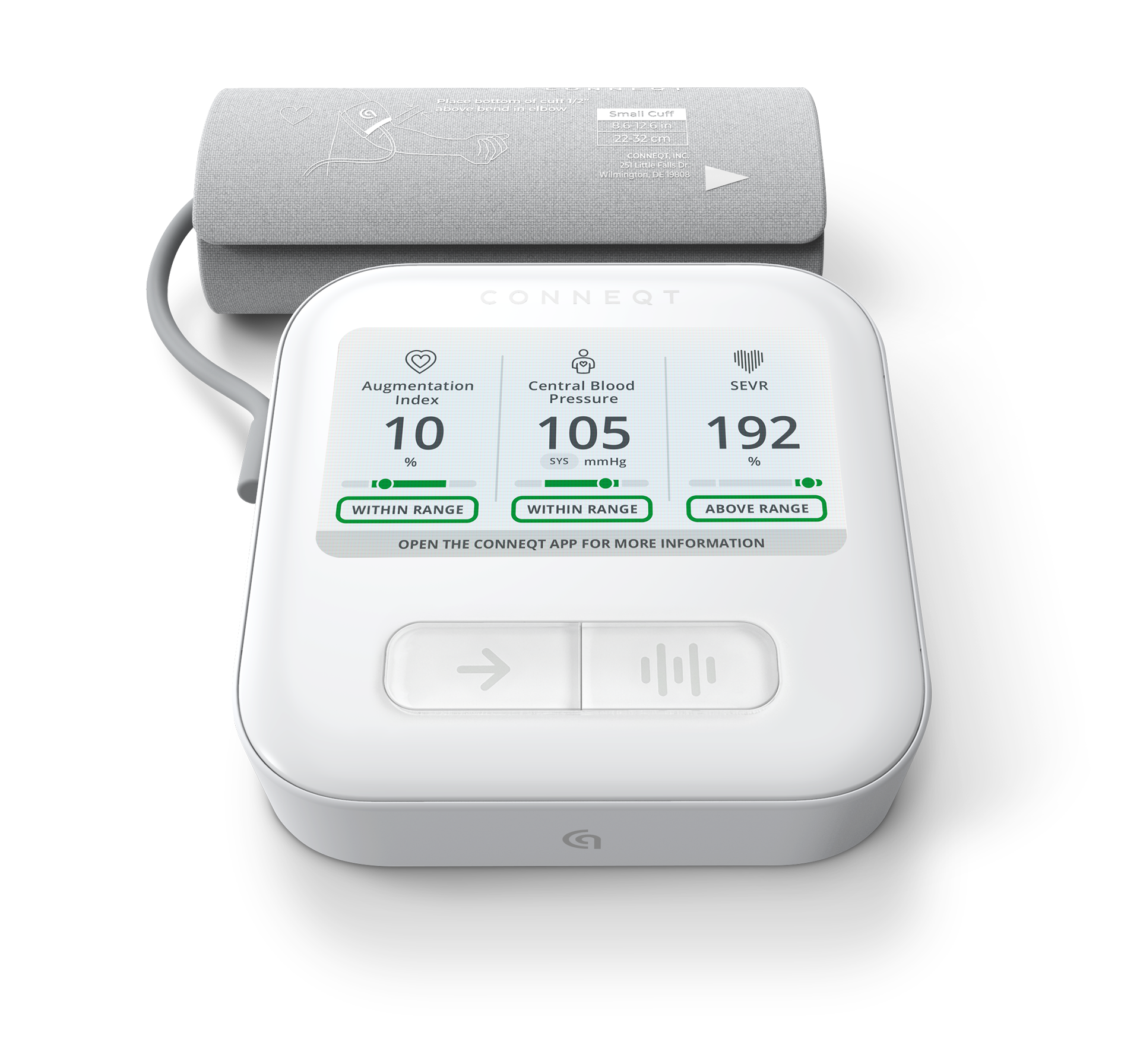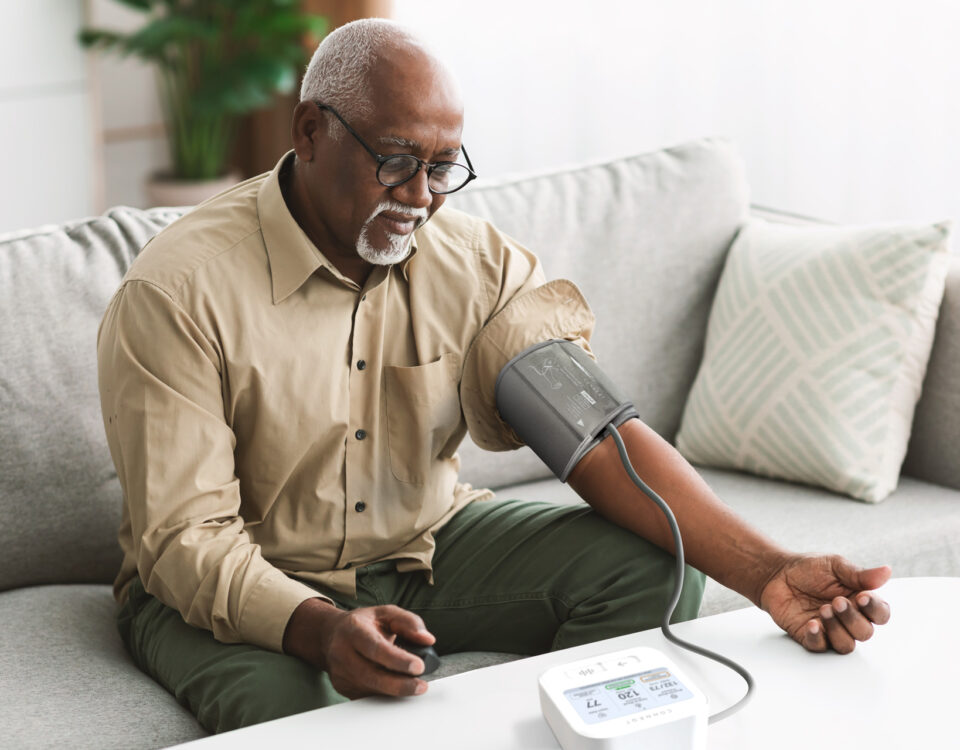From nootropics to NAD+, you may be doing everything right. But if your arteries are aging faster than you are, none of it may matter.
Longevity routines are getting more advanced. More people are investing in red light therapy, NAD+ infusions, biological age testing, and personalized supplements—all in the name of optimizing how they feel now and how they’ll age later.

Measure what matters
Save 20% on checkout with code VITALITY
But there’s one system that rarely gets the same attention, even though it plays a central role in both performance and prevention: your arteries.
Arterial aging can start quietly, even in people who appear low-risk. You might not notice anything at first—not in your workouts, your sleep, or your labs. But under the surface, your arteries may already be stiffening, your heart may be working harder, and early cardiovascular strain could be building.
And none of the latest interventions can fully offset that if your arteries are aging faster than the rest of you.
Why Blood Pressure Isn’t Enough
A normal blood pressure reading can give a false sense of security. In the Framingham Heart Study, arterial stiffness predicted the onset of hypertension four to seven years before blood pressure began to rise.
That means the earliest stages of vascular aging often go unnoticed—especially in people without symptoms or obvious risk factors. Most tools in preventive care aren’t designed to detect this kind of subtle dysfunction. They’re meant to flag disease once it’s already developed.
But when arterial strain builds quietly in the background, it doesn’t just affect your heart. It shapes everything that comes after—how efficiently your body moves blood and oxygen, how well you recover from stress or exercise, how resilient your system stays as you age, and ultimately, how long you’re likely to live.
What to Measure Instead
To get ahead of vascular aging, it helps to look beyond traditional blood pressure and cholesterol levels. These three markers can offer more meaningful insight:
Central Blood Pressure (CBP)
CBP measures the pressure in your aorta, closer to vital organs. In a large population-based study, it was a stronger predictor of cardiovascular events than brachial blood pressure—and more closely tied to structural changes in the heart and arteries.
Augmentation Pressure (AP) & Augmentation Index (AIx)
These markers reflect arterial stiffness and how much extra force your heart needs with every beat. Elevated AP and AIx can signal early vascular aging, even in younger adults, and respond to lifestyle changes like sleep and stress.
SEVR (Subendocardial Viability Ratio)
SEVR tracks oxygen supply to the heart muscle. In a study of triathletes, SEVR dropped significantly after a race—even when blood pressure and stiffness stayed stable—suggesting hidden cardiovascular strain that resolved with recovery.
Risk Can Hide in the Details
Not all blood pressure is created equal. In the CAFE study, patients with similar brachial readings (~133/77 mmHg) had very different central blood pressures. Those with lower central blood pressure had fewer cardiovascular events, showing that how—and where—pressure is measured matters.
A larger meta-analysis of over 15,000 people also found that increased arterial stiffness more than doubled the risk of cardiovascular death and significantly raised the risk of dying from any cause.
Performance and Recovery Depend on Arterial Health
Arterial stiffness doesn’t just raise your future risk—it affects how your body performs today. As your arteries stiffen, your heart has to work harder. Circulation becomes less efficient. Oxygen delivery suffers.
That can lead to subtle but noticeable shifts: slower recovery, more fatigue, brain fog, or reduced exercise tolerance. These issues aren’t always a lifestyle problem. Sometimes, they’re your arteries telling you they’re under pressure.
What You Can Do Now
The earlier you track these shifts, the more power you have to change the path ahead. And with tools like the CONNEQT Pulse, you can monitor these markers from home, in minutes.
Here’s where to start:
- Track arterial health regularly. Metrics like central blood pressure, AP, and SEVR offer a more complete picture than arm-cuff blood pressure.
- Move daily. Moderate activity—walking, cycling, resistance training—improves arterial elasticity and supports circulation.
- Support your nervous system. Stress management, breathwork, and sleep all influence vascular tone.
- Eat for vascular resilience. A Mediterranean-style diet supports endothelial health and blood pressure regulation.
The Missing Link in Your Longevity Strategy
If you’re already optimizing your health through diet, sleep, and supplements, tracking your arteries closes a crucial gap.
Vascular health isn’t just about risk. It influences your energy, your resilience, and the way you age. Once you start measuring it, you’re not just reacting to problems—you’re taking control before they start.
With the CONNEQT Arterial Health Assessment, you can finally track what actually matters, so your arteries don’t become the system that limits everything else.






